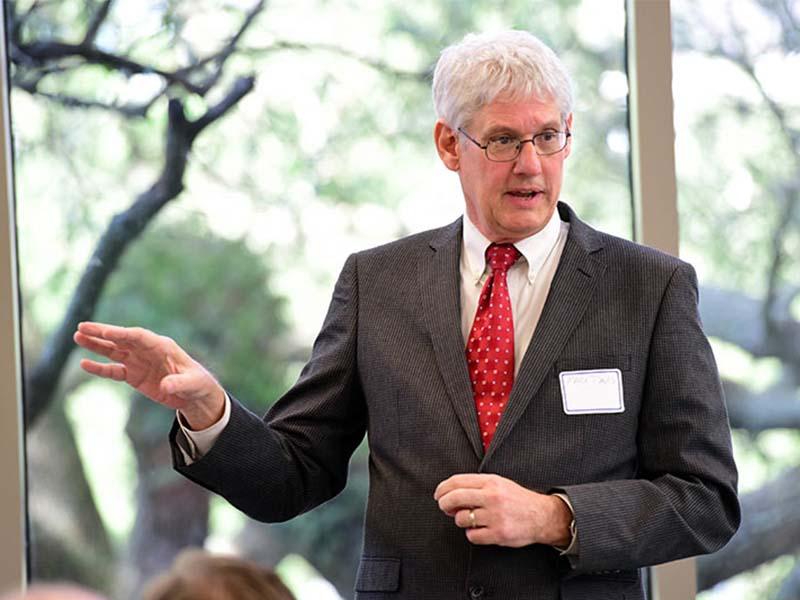Professor Mark Davis: 20 years after Katrina, southeast Louisiana is still not ready
Twenty years after Hurricane Katrina devastated New Orleans, the failures of the federal levee system remain a cautionary tale about engineering, civic governance and institutional accountability.
Mark Davis, Tulane Law professor and the Director of the Tulane Center for Environmental Law, argues that while Katrina’s winds and storm surge were powerful, it was systemic breakdowns in planning and construction—and not nature alone—that led to catastrophic flooding. In his latest article published by The Data Center and Brookings Institution marking the anniversary of Katrina, Davis calls out decades of flawed engineering, poor civic oversight and shortsighted governance as the root causes of the tragic outcomes.
The levee system protecting New Orleans—a project nearly 60‑ to 90‑percent complete at the time Katrina struck—was commissioned by Congress but inadequately designed and executed by the U.S. Army Corps of Engineers. Major breaches occurred at the 17th Street, London Avenue and Industrial canals, flooding 80 percent of the city and contributing to more than 1,300 deaths and hundreds of billions in damages.
Federal, state and independent investigations repeatedly identified engineering design flaws—such as improperly designed floodwalls and erosion vulnerabilities—and acknowledged that key risks had been ignored or underestimated. In some canals the floodwalls failed without being overtopped; in others, overtopping and scour caused breaches. The controversial navigation channel known as MR‑GO acted as a funnel that amplified storm surge, contributing to the breakdown of key levees.
In Davis’s view, recovery efforts since Katrina have improved protection and planning in New Orleans, but progress remains incomplete. He poses a series of interrelated questions: Are surge defenses more honest and reliable? Can the region better manage flooding? Has resilience planning matured into a professional, accountable discipline? Is coastal restoration advancing meaningfully? His answer: Yes—to varying degrees—but the work is ongoing. He also warns the region is unprepared for the biggest threat: increased rainfall.
The essay warns that civil and institutional resilience is never a destination but an evolving process. Davis contends that only a sustained commitment to smarter governance, stronger engineering and public accountability will move the region closer to full preparedness—and that much remains to be done.

